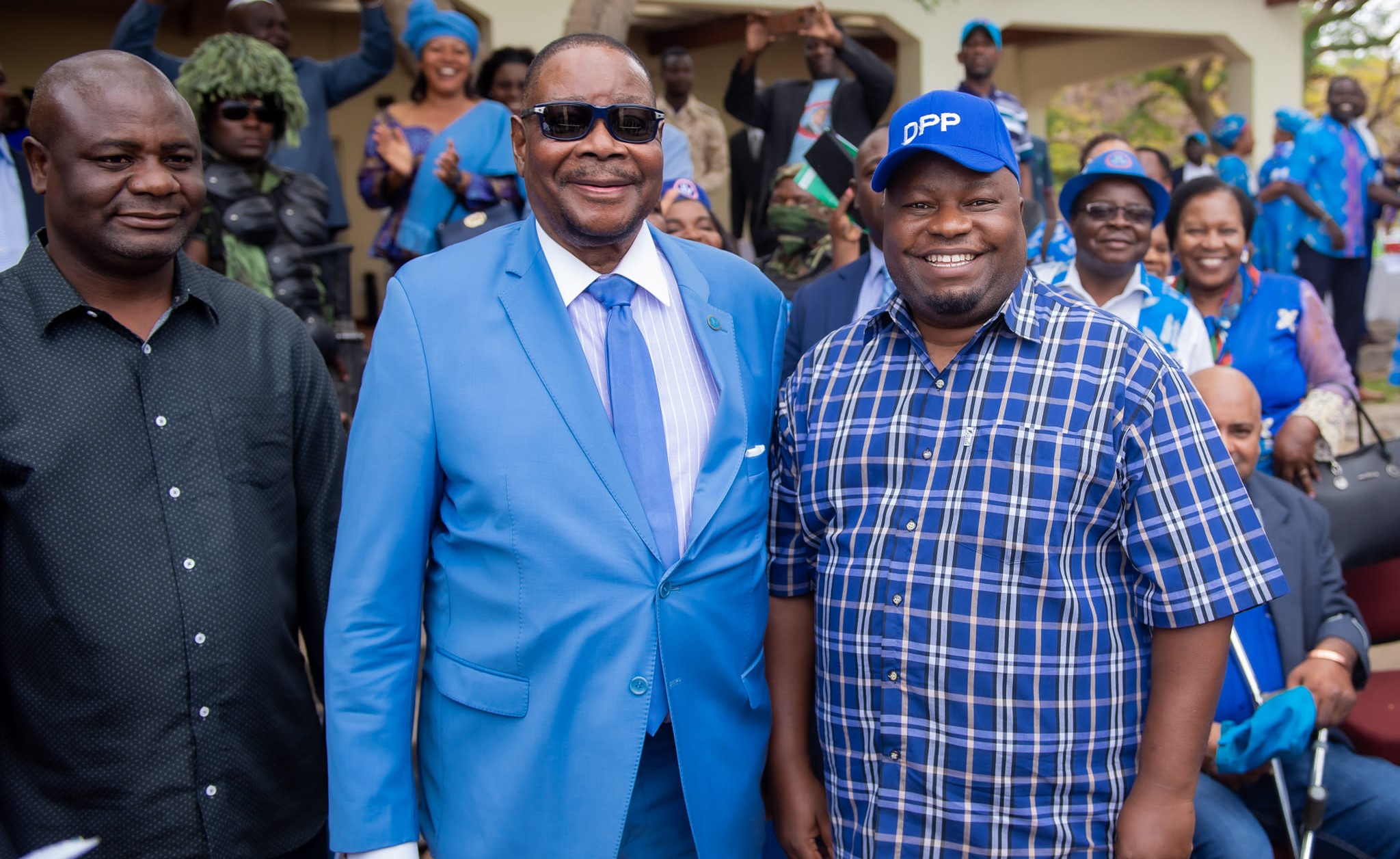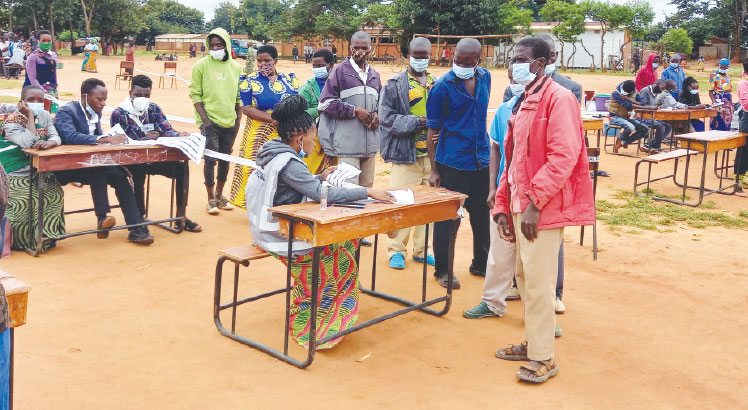More dialogue on the Lilongwe water project
Steve,
Thanks to you for initiating the dialogue on the project with your article “Tread carefully on the SA-LL Project” which got my attention and I decided to release the 10 Questions I had written earlier and my students were using in class. Malawians are winners in all this. Of course, we had to endure a few phone threats etc. But that’s life.
Regards
WK.
Dear KW,
I reckon we are not yet done on this issue. We feel duty-bound to continue to help government do the right thing in the right way. As the saying goes, there is strength in unity. You have seen the impact of the various views on the project including yours, KW. Sanity seems to be prevailing at last.
Nobody objects to the need for Lilongwe City to be supplied with adequate water. The questions have been how and where this water should come from. No shortcuts. Your 10 questions on the project were very insightful. But lately, I have read some disturbing literature on this matter which seems to be calculated to pervert the good work done so far. This, I guess, is prompting more people to present their views on the project. There is no harm in hearing them out. Here is one view from Sam Ngozo from Ntcheu.
Steve,
I disagree with those that are defending the project. There is little water in the Shire River for electricity generation because Lake Malawi is holding less water. In fact, it is drying up.
Therefore pumping huge amounts of water from the lake to supply Lilongwe will further affect the flow of water downstream for electricity generation. The haste to solve the water problem in Lilongwe by abstracting the water from the lake will adversely affect the whole country.
There are those that will argue that the Shire can be dredged at the mouth to increase the flow of water for generation of electricity. But for how long will the lake sustain such a project? Let us set the goal posts for the Diamphwe Dam once again.
The Lilongwe Water Board chief executive officer said the World Bank pulled out of the project because of problems to do with resettlement of people affected by the project. But at what cost was the project pegged? Even if the cost of constructing Diamphwe Dam would supersede that of the Salima-Lilongwe project, it would still be a saving in the long run because most of the flow of water into Lilongwe City would be gravitational; the same way water is moved from Mpira Dam in Ntcheu.
Apart from providing water, the Diamphwe Dam could also be developed to generate electricity as well as be used for fish farming.
In addition, while the Diamphwe Dam will be purely a Malawian affair, the Salima-Lilongwe water project is not. How?
Malawi shares the lake with Tanzania and Mozambique. We must not think these countries are not following with keen interest what Malawi is planning. Supposing the two countries also started pumping huge amounts of water from the lake for irrigation in their countries (and they have vast lands), would anyone stop them? The Rovuma and Songwe Rivers and perhaps many more rivers in those countries flow into the lake.
We should not forget that Tanzanians and Mozambicans are strategists and are capable of embarrassing Malawi as they wish. Mozambique did just that during the launch of Nsanje Inland Port constructed with billions of kwacha; and we are still reeling from that as the port remains idle—a dream that did not come true. I am sure some people will dismiss this. But they are entitled to their opinion.
Sam Ngozo
Kwachinkuluchina-Ntcheu
Dear Mr Sam Ngozo
Talking about the Nsanje Inland Port, Malawi has swallowed humble pie on this white elephant. The Project was one of the nine priority sectors in the country’s Malawi Growth and Development Strategy II (MGDS II). Hear what? In the trimmed MGDS III, the government has removed the Nsanje Inland Port as a priority sector. Is that not swallowing humble pie?
SN



